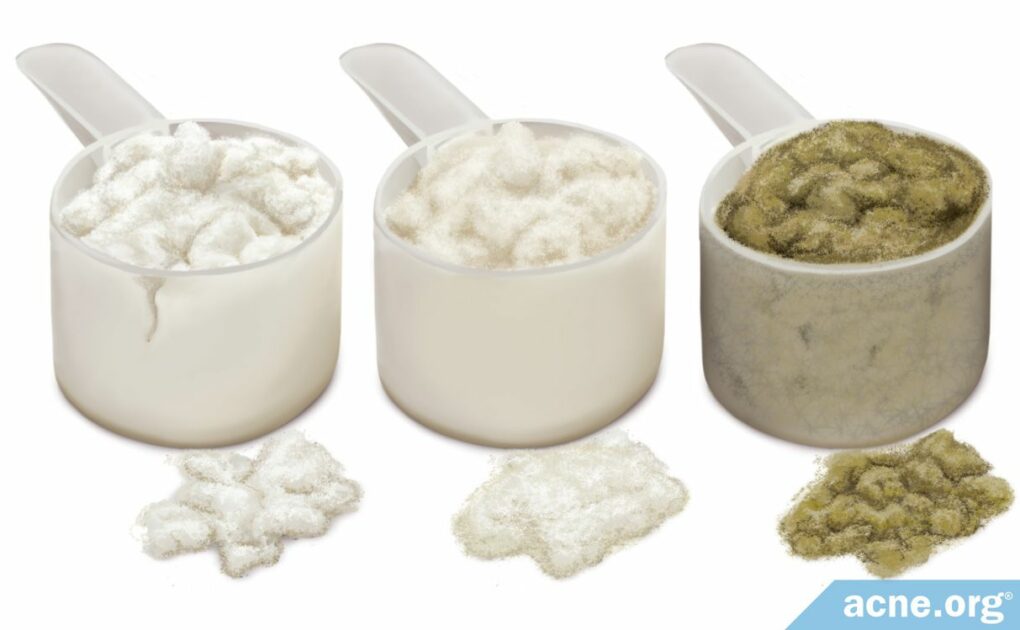Perhaps. Specifically, the Calories in Protein Shakes May Increase Acne.

The Essential Info
Protein shakes are obviously high in protein, but they are also often high in calories. The strongest evidence we have at our disposal that could potentially link protein shakes with acne focuses not on the protein itself in protein shakes, but on calories as a whole. Several studies have shown that a high-calorie diet can increase hormone levels in the blood, which could then hypothetically lead to acne. So if you just started “bulking up” and added protein shakes to your diet, it might be the extra calories, and not the protein shakes themselves that are leading to a few more zits.
When it comes to protein itself, a few studies have shown us that when protein intake increases, a hormone called IGF-1 may also increase, which could then hypothetically lead to a worsening of acne. However, more direct evidence would be needed before we vilify protein as something that leads to acne.
The Bottom Line: If you are breaking out and have recently started “bulking up” with protein shakes, it is more likely that the increased calories might be what’s leading to acne more than the protein shakes themselves. As with most things in life, moderation is the name of the game. If you enjoy a protein shake from time to time, don’t stress yourself out about it. It should be fine.

The Science
- Can a High-calorie Diet Cause Acne?
- High-protein Diet
- Can Milk Proteins like Whey and Casein Cause Acne?
- Whey Protein
- Casein Protein
- What about “Weight Gainer” Shakes? Can They Cause Acne?
- The Verdict on Protein Shakes and Weight Gainers
The following image presents ways that protein shakes might contribute to acne. The keyword here is “might,” because none of these things are proven. Generally speaking, all things in moderation is a good rule of thumb. If you are breaking out and have recently started drinking lots of protein shakes, you may want to cut back a bit. But don’t stress out about it too much.
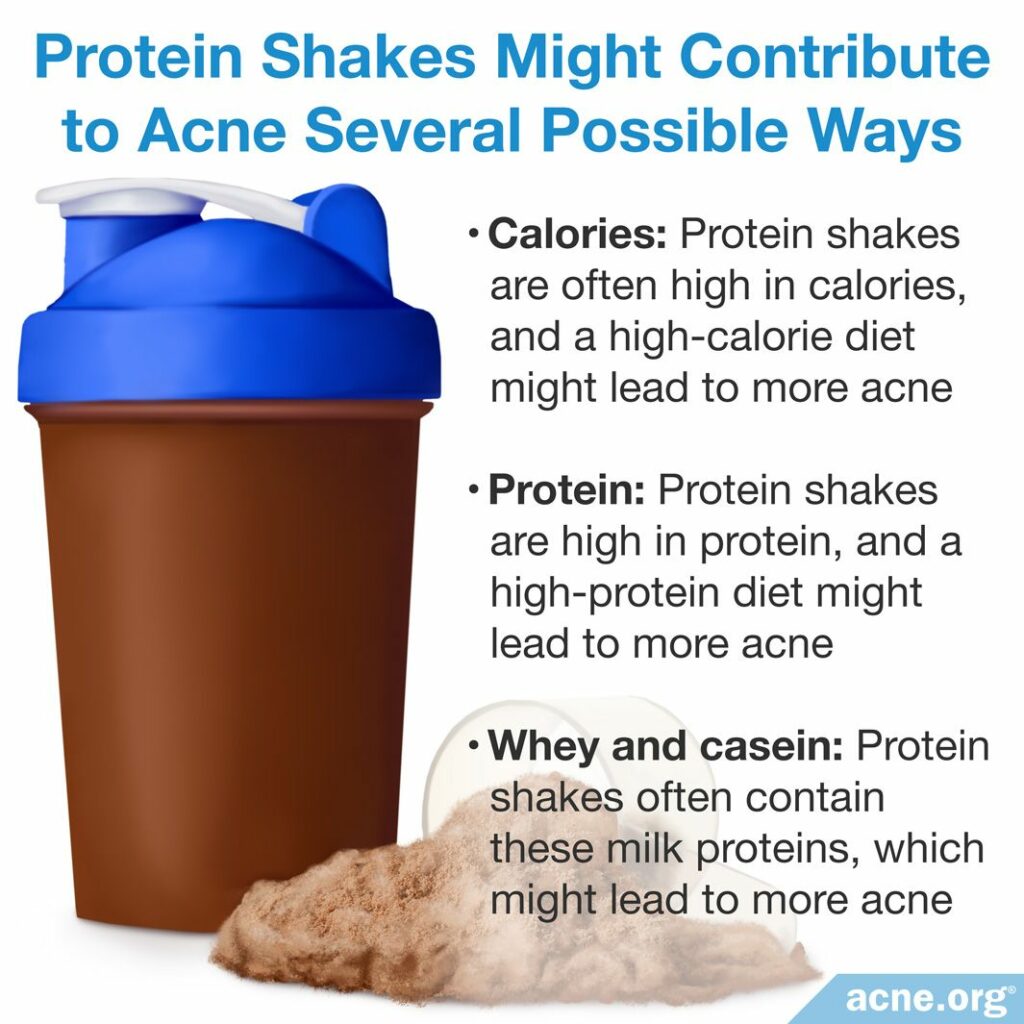
Athletes following an intense gym schedule, especially those who are trying to “bulk” or gain muscle mass, often consume protein shakes. There are several possible ways in which protein shakes might contribute to acne.
- Calories: Protein shakes are often high in calories, and a high-calorie diet might lead to more acne.
- Protein: Protein shakes are high in protein, and, while unproven, there is some weak initial evidence that a high-protein diet might lead to more acne.
- Whey and casein: Protein shakes often contain these milk proteins, and again, while unproven, there is some weak initial evidence that they might lead to more acne.
Let’s look at each of these three possibilities and weigh the evidence, starting with the most logical explanation for why protein shakes might contribute to acne–an increase in calories in the diet.
Fair warning: This is going to start getting into some deep science. If you’re looking for the short answer to whether protein shakes cause acne, the answer is probably not to any measurable degree by themselves, and you shouldn’t be afraid to have a protein shake from time to time. It is more likely that it is the calories in protein shakes that might lead to more acne, and not the protein itself.
Can a High-calorie Diet Cause Acne?
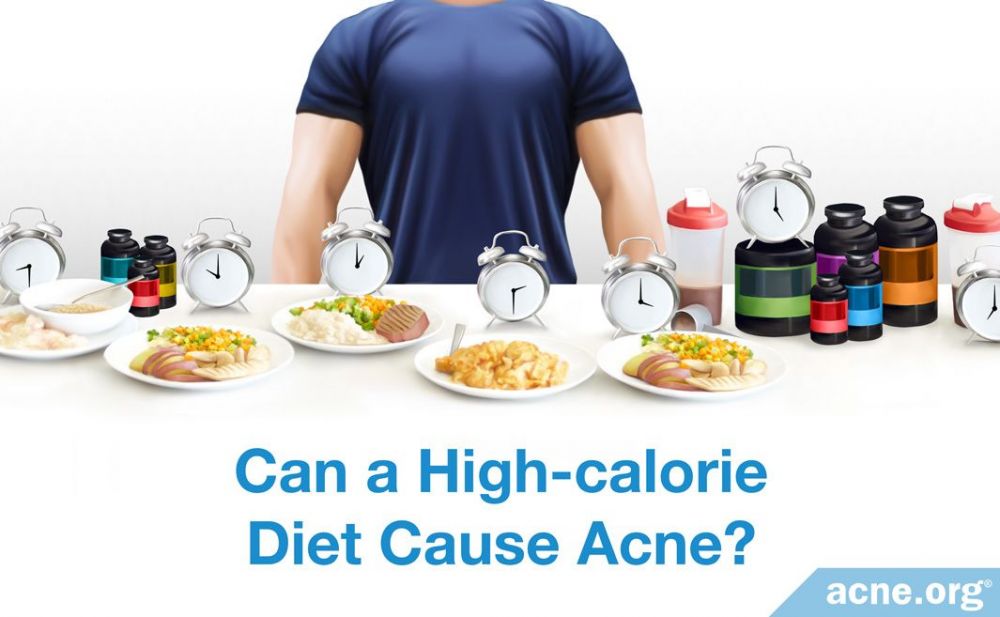
It is possible to consume protein shakes and still maintain a low-calorie diet. However, in order to gain muscle mass the body needs an excess of calories. Therefore, most people who drink protein shakes in order to build muscle are typically consuming excess calories. In other words, protein shakes often go hand-in-hand with a high-calorie diet.
So how might a high-calorie diet lead to more acne? It comes down to hormones. Two experiments have tested how a low-calorie diet changes the hormones in a person’s body. From this information, we can infer that a high-calorie diet would have the opposite effect. These studies show us that the levels of two hormones in the body, insulin and IGF-1, decrease on a low-calorie diet, so the opposite is likely true on a high-calorie diet.
Expand to read details of experiment #1

A low-calorie diet decreases the amount of the hormone insulin. The first study, which was published in 2011 in the journal Obesity, was conducted on 13 healthy adults: 12 men and 1 woman. Each person embarked on three different diets.
- A medium-calorie diet of 2339 calories per day, consisting of carbohydrates, such as from breads, cereals, and potatoes
- A medium-calorie diet of 2347 calories per day, consisting of both carbohydrates and fats
- A low-calorie diet of 160.5 calories per day, consisting of carbohydrates1
It is important to note that the recommended calorie intake per day is 2600 calories for men and 2000 calories for women, meaning that the low-calorie diet contained approximately 14 times fewer calories than the recommended amount. Each person in the study was on each diet for two days, and during this time his or her blood was tested for levels of insulin. Insulin is necessary for getting energy from the food we eat into the body’s cells, so the researchers expected insulin levels to increase or decrease depending on how much a person ate. The participants then had a break from diets for at least six days and subsequently changed to a different diet for two days, during which their blood was tested again. Using this approach, each person tried all three diets. The researchers found that after medium-calorie meals of either variety, the amount of insulin tended to increase temporarily in the participants’ blood. In contrast, while on the low-calorie diet, the amount of insulin in the participants’ blood remained low after meals and throughout the rest of the day.1
Our inference: From these results, we can infer that if a person consumes a high-calorie diet, the amount of insulin in his blood will increase significantly for some period of time after each meal.
Expand to read details of experiment #2
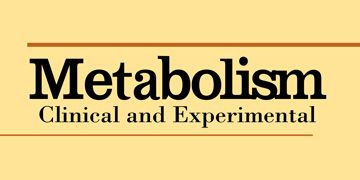
A low-calorie diet decreases the amount of the hormone insulin-like growth factor 1 (IGF-1). The second study, published in 2013 in the journal Metabolism, looked at how a low-calorie diet affects levels of this hormone in the blood. As its name implies, this hormone works similarly to insulin, and one of its functions is to control how energy from the food we eat absorbs into the body’s cells. The authors of this study conducted a similar experiment on 27 volunteers from the army: 25 men and 2 women. The volunteers tried the same three diets for two days each, in random order and with at least six days between different diets. The researchers found that by the end of the low-calorie diet, the participants contained much lower amounts of IGF-1 in the blood when compared to the end of either medium-calorie diet.2 In other words, the low-calorie diet greatly decreased the amount of readily available IGF-1 in the blood. Because this diet did not affect the total level of IGF-1 significantly, the reduction in this hormone would have lasted only for a period of time.2
Our inference: From this, we can deduce that a high-calorie diet would considerably increase the amount of freely usable IGF-1 in the blood for a duration of time.
So if we assume a high calorie diet can potentially increase levels of insulin and IGF-1 in the blood, how might that affect acne? For this, the answer is more straightforward. An increase in insulin and/or IGF-1 can lead to an increase in androgens (male hormones found in both males and females), and androgens are well known to lead to more acne in both males and females. Since people who consume protein shakes often add the shakes to their usual diet, their total calorie intake may increase, and this hormonal cascade, and increased acne, may follow.
The following two recent articles published in 2016 show us that a rise in insulin and IGF-1 may worsen acne.
Expand to read details of articles

The first article, published in 2016 in the British Journal of Dermatology, described an experiment in which researchers measured hormone levels in 40 participants with acne and 20 participants without acne. They found that the participants with acne possessed significantly higher amounts of IGF-1 in the blood when compared to those without acne. Although this result does not prove that an increase in IGF-1 causes acne, it suggests that there is a link between high IGF-1 levels and acne.3

In another article, which was published in 2016 in the journal Experimental Dermatology, dermatologist Dr. Melnik reviewed the findings of many research studies on hormones and explained how an increase in IGF-1 and insulin potentially cause acne. Both insulin and IGF-1 set off a chain reaction in the body, eventually leading to an increase in androgens, which are male hormones that are present in both males and females. An increase in androgens is one of the major causes of acne. Additionally, insulin and IGF-1 lead to increased production of sebum (skin oil), which also raises the likelihood of developing acne.4
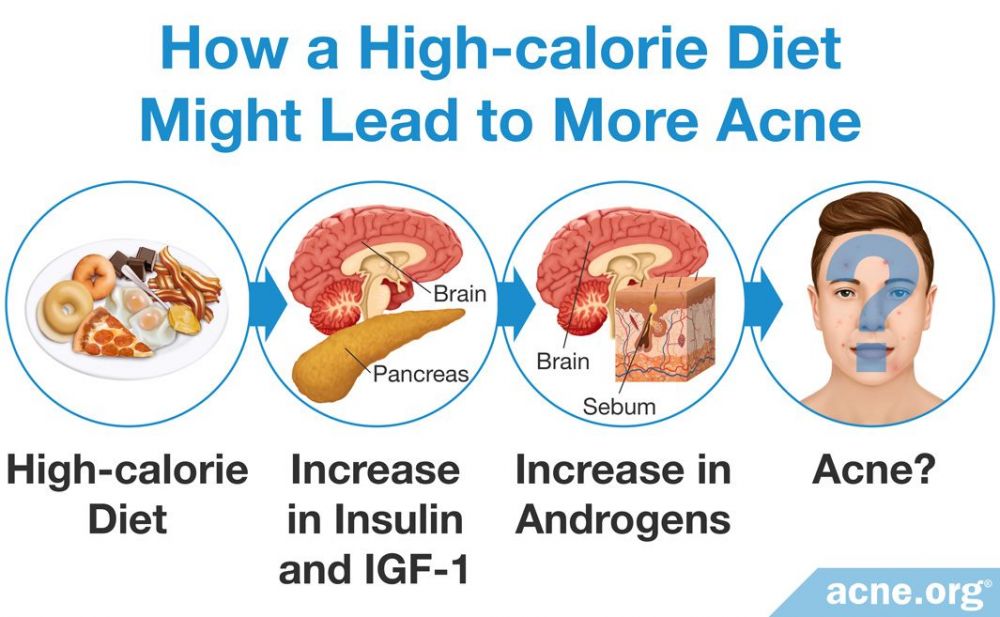
But what about the protein itself? Can increasing the amount of protein in the diet, independent of increased calories, also lead to more acne? Let’s have a look at that next.
Can a High-protein Diet Cause Acne?
In addition to being high in calories, protein shakes are, obviously, high in protein.
One study published in 2014 in the journal Cell Metabolism investigated how the amount of protein a person ingests affects hormone levels, and found that the more protein a person consumed, the more IGF-1 was in their blood.5 As we have already seen, an increase in IGF-1 may potentially lead to an increase in androgens, and in turn, more acne.
Expand to read details of study
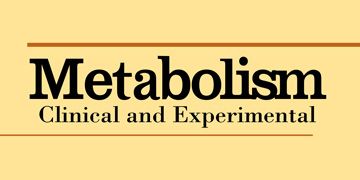
The study looked at 6381 seniors between the ages of 50 and 65 years. The seniors were chosen to be representative of the U.S. population in terms of ethnicity, education, and health characteristics. Each senior consumed the same number of calories but was assigned to one of three groups based on how many of the calories came from protein.
1. High-protein group: 20% or more of the total calories came from protein
2. Medium-protein group: 10 – 19% of the total calories came from protein
3. Low-protein group: Less than 10% of the total calories came from protein5
The scientists found that the more protein a person consumed, the more IGF-1 was in his or her blood.5 Although the difference in the amount of IGF-1 among the three groups was small, it is important to note that even a small increase or decrease in hormones can considerably impact how the body functions, potentially causing it to react with acne outbreaks.
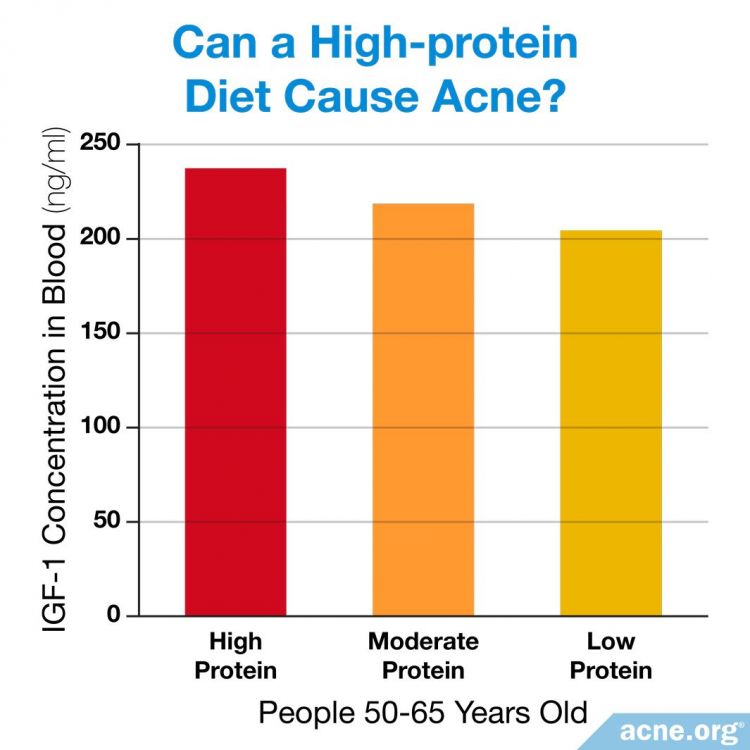
Additional evidence that a high-protein diet increases IGF-1 levels comes from an article published in 1997 in the journal Osteoporosis International, which shows that when people take in less protein, their IGF-1 levels drop.6 So, once again we can infer that the opposite would be true, that more protein would lead to increased IGF-1 levels.
Expand to read details of article
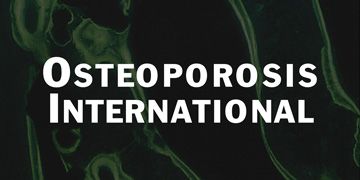
This article summarizes many older studies on low-protein diets, which showed that when a person begins to take in less protein, the amount of IGF-1 in his blood falls.6 From this, we can infer that starting to consume more protein, for example, by drinking protein shakes, might increase a person’s IGF-1 levels. This may worsen acne, but that is mere conjecture at this point and is not borne out by actual data.
So, It is possible that a high-protein diet increases IGF-1 levels, and this could start a hormonal cascade that could increase acne, but because this evidence is indirect, and only shows us about how protein can affect one particular hormone in the body, we should proceed with caution and not draw any conclusions until more rigorous research is performed.
Next, let’s look at the milk proteins that are often found in protein shakes–whey and casein–and see if we can uncover any more evidence.
Can Milk Proteins like Whey and Casein Cause Acne?
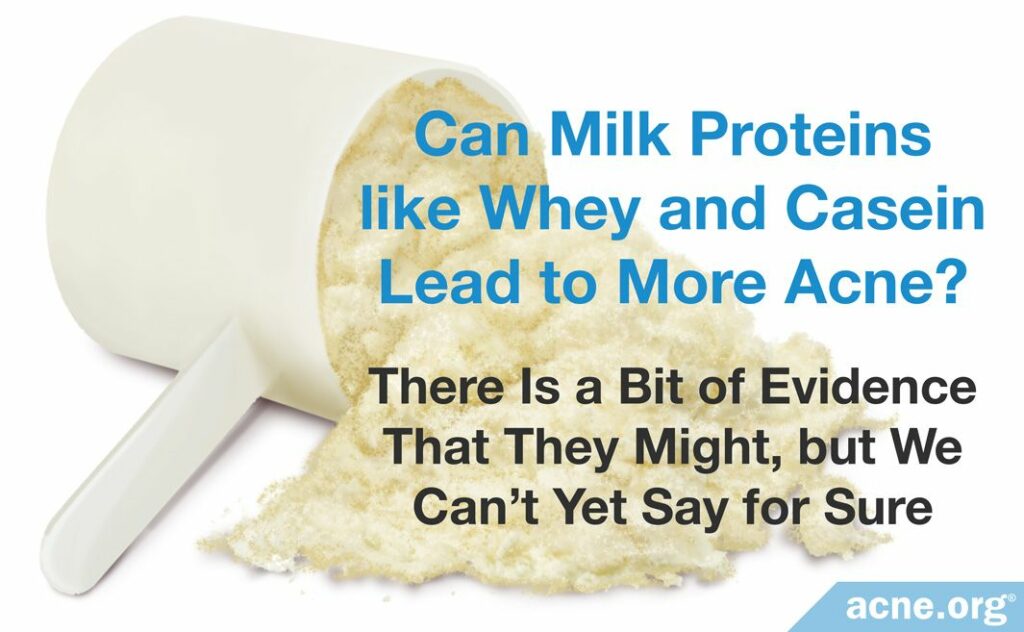
Scientists have also begun exploring how the two specific protein supplements often found in protein shakes–whey and casein–affect hormones and acne. Some evidence is trickling in that is leaning toward the possibility that these proteins might lead to an increase in insulin and/or IGF-1, and perhaps to an increase in acne. However, it is too soon to draw any definitive conclusions, particularly because the studies performed did not control for calories.
Both whey and casein are protein components of cow’s milk:
- Whey: Makes up about 20% of the protein in cow’s milk
- Casein: Makes up the remaining 80%7
Let’s have a look at each of them one by one.
Can Whey Protein Cause Acne?
Whey protein is the most popular protein supplement taken by athletes, and usually comes in one of two forms.
- Whey concentrate: Up to 89% is whey
- Whey isolate: 90% or more is whey
Since whey comes directly from milk, and milk has long been suspected of potentially contributing to acne, whey has come under suspicion as a possible acne trigger as well. Scientists speculate that whey might increase insulin and/or IGF-1 levels in the blood.8,9
However, solid evidence is lacking. A few small, initial studies on whey protein seem to point toward a potential increase in insulin, and perhaps an increase in acne.7,10,11 However, none of the studies controlled for calorie intake, so we cannot say for sure whether the results are from the protein itself or from an increase in calories.
Expand to read details of studies

The authors of a study published in 2014 in the Journal of the Academy of Nutrition and Dietetics explained that whey can increase the amount of insulin in the blood.10
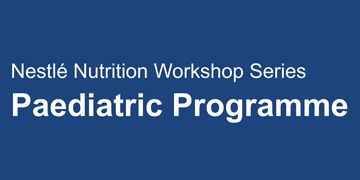
For example, during an experiment described in 2011 in the journal Nestle Nutrition Workshop Series: Paediatric Programme, 57 eight-year-old boys were given protein for seven consecutive days. The researchers found that consuming whey increased the amount of insulin in the boys’ blood. The authors of the article wrote, “In the whey group…insulin increased by 21%.”7 As we have seen, it is possible that an increase in insulin may worsen acne. However, since this study was conducted on eight-year-old boys, who do not typically suffer from acne, it is difficult to draw any conclusions about the effect of whey on acne.
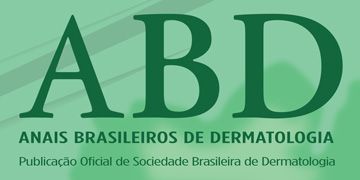
Another study, which was published in 2013 in the Brazilian journal Anais Brasileiros de Dermatologia, showed how consuming whey may cause acne. Whey contains hormones like IGF-1 and other related substances called growth factors, which can change the hormone balance in the body and hypothetically lead to an increase in acne symptoms. The authors of the study wrote, “Whey [p]rotein extracts from cow’s milk contain 6 growth factors that may be related to acne.”11 To test directly how whey protein supplements might affect acne, the Brazilian team of researchers conducted an experiment on 30 people: 19 males and 11 females between the ages of 18 and 45 years. The participants of the study consumed whey supplements for two months. Each participant bought the protein supplement of his or her choice, so the number of calories varied. Their skin was checked for acne before the experiment as well as one month and two months after they began to take the supplements. The researchers scored each person’s acne severity on a scale of 0 – 3, in which “0” meant no acne and “3” signified severe acne. At the beginning, only 56.7% of the participants had acne, but over the two months, everybody had developed it. Additionally, at the beginning, no one’s acne was severe, but 9 people had severe acne at the end of the experiment.11
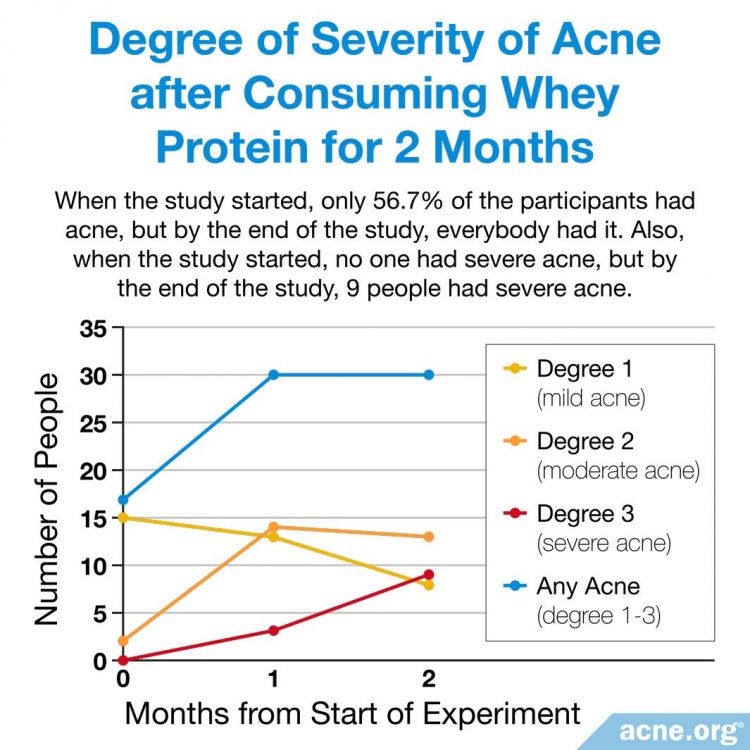
In addition to these preliminary studies, three published case reports have described teen and adult males developing acne after adding whey protein supplements to their diet. Case reports are the least rigorous type of scientific evidence, because they simply describe what happened to a few people but cannot explain how or why it happened.
The case reports describe a total of 16 male weightlifters who developed acne after they started taking whey protein supplements for bodybuilding.12-14 It is important to note that this does not prove that whey caused their acne. There were too many other uncontrolled factors, such as the total calories they were consuming and their level of physical activity. We need more studies directly testing whether supplementing with more whey really leads to more acne.
Expand to reveal more details of these 3 case reports

The first case report, published in the journal Dermatology in 2012, described 5 healthy adult males who developed acne after about 6 months of consuming 40-80 g of concentrated whey protein daily, which is a typical supplement amount for bodybuilders during muscle training periods. The author of the case report speculated that whey protein may have triggered acne by causing an increase in insulin and/or IGF-1 in the men’s blood.12
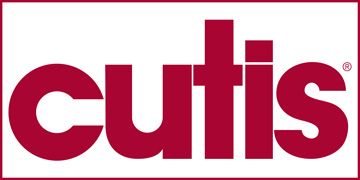
The second case report, published in the journal Cutis in 2012, described 5 healthy males aged 14-18 who developed acne after starting to consume varying amounts of whey protein supplements and/or whey protein shakes to bulk up. For 4 of the patients, the acne cleared completely after they stopped taking the supplements. The doctor was unable to follow up with the fifth patient to see whether his acne cleared.13
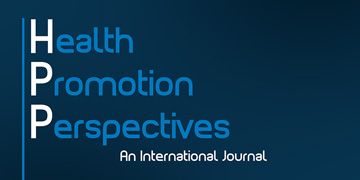
The final case report, published in the journal Health Promotion Perspectives in 2017, described 6 healthy teen males who developed acne on the trunk (back and chest) after they began consuming unknown amounts of whey protein supplements daily for faster bodybuilding. The authors of the report wrote, “In our opinion, a…common health problem is beginning among adolescents in the gyms.”14
Can Casein Protein Cause Acne?
Casein protein is less popular than whey, but some supplements do contain casein protein. Plus, the more we learn about the various types of proteins, the more we might be able to generalize and make some conclusions on whether protein in general might lead to more acne.
In one small experiment, researchers found that consuming casein tended to increase the amount of IGF-1 in the blood of 8-year-old boys. The authors of the article wrote, “In the casein group…IGF-1 increased by 15%, whereas there was no change in… insulin.”7 Because we have only this one small study performed on children, this is only a tiny additional clue.
Summing up the results of the studies on whey and casein, we do not have enough evidence to conclude that they cause acne. Although some preliminary evidence suggests that whey and casein increase the levels of insulin and IGF-1 in certain people, which could hypothetically lead to acne, there is very little reliable direct evidence that this occurs. In other words, don’t be afraid of whey or casein protein at this time, but as with all good things in life, it may be best to consider moderating your intake.
What about “Weight Gainer” Shakes? Can They Cause Acne?
Instead of protein shakes, some people–particularly bodybuilders or people who are looking to increase calorie intake easily–may turn to meal replacement products known as “weight gainers.” Weight gainers usually consist of:
- 70-90% carbohydrates (often high-sugar carbohydrates)
- 10-30% protein
Weight gainers, as their name implies, contain lots of calories, and as we have already discussed, increased calories may lead to more acne. But there is one other potential concern when it comes to weight gainer shakes. They often contain large amounts of sugar as well, and some studies have shown that high-sugar diets may increase acne.15,16
The Verdict on Protein Shakes and Weight Gainers
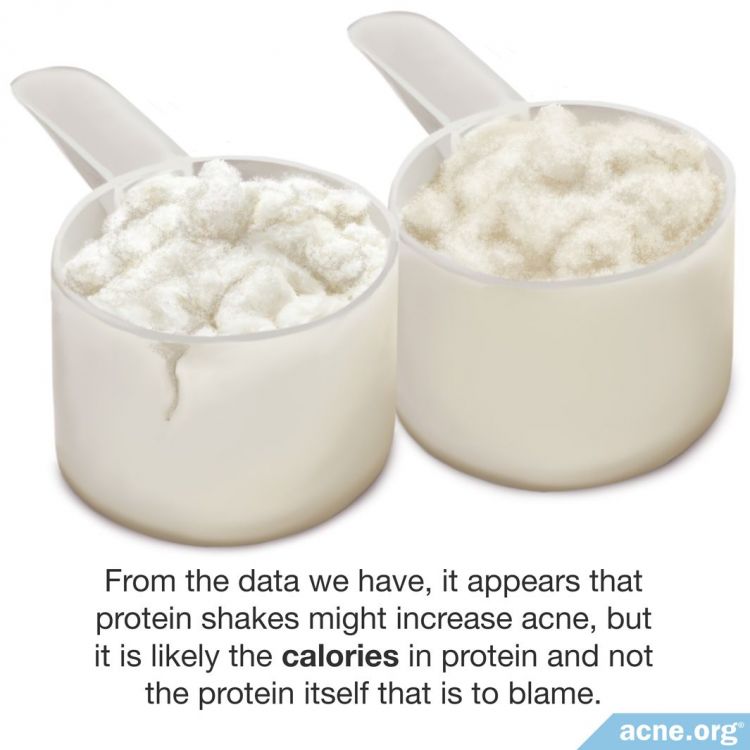
Protein shakes: There is some evidence that protein shakes might trigger acne formation, but this is probably due to their high-calorie content more than the protein itself. There is no scientific smoking gun that would lead us to conclude that acne-prone people should eliminate protein shakes. Instead, moderate your intake and you should be fine.
Weight gainers: Weight gainers are usually high in calories and also high in sugar. For this reason, high-sugar weight gainers might pack more of a punch when it comes to acne development. It is probably best for acne-prone people to forgo high-sugar weight gainers entirely. If you are trying to bulk up, opt for lower-sugar foods instead.
References
- Pasiakos, M. et al. Appetite and endocrine regulators of energy balance after 2 days of energy restriction: insulin, leptin, ghrelin, and DHEA-S. Obesity 19, 1124 – 1130 (2011). https://www.ncbi.nlm.nih.gov/pubmed/21212768
- Henning, P. et al. Effects of acute caloric restriction compared to caloric balance on the temporal response of the IGF-1 system. Metabolism 62, 179 – 187 (2013). https://www.ncbi.nlm.nih.gov/pubmed/22906764
- Agamia, N. et al. Skin expression of mammalian target of rapamycin and forkhead box transcription factor O1, and serum insulin-like growth factor-1 in patients with acne vulgaris and their relationship with diet. Br J Dermatol 174, 1299 – 1307 (2016). https://www.ncbi.nlm.nih.gov/pubmed/26799159
- Melnik, B. Western diet-induced imbalances of FoxO1 and mTORC1 signalling promote the sebofollicular inflammasomopathy acne vulgaris. Exp Dermatol 25, 103 – 104 (2016). https://www.ncbi.nlm.nih.gov/pubmed/26567085
- Levine, M. et al. Low protein intake is associated with a major reduction in IGF-1, cancer, and overall mortality in the 65 and younger but not older population. Cell Metab 19, 407 – 4017 (2014). https://www.ncbi.nlm.nih.gov/pubmed/24606898
- Bonjour, J. et al. Protein intake, IGF-1 and osteoporosis. Osteoporos Int 7, 36 – 42 (1997). https://www.ncbi.nlm.nih.gov/pubmed/9536300
- Clemens, R. et al. Milk and milk products in human nutrition. Nestlé Nutr Inst Workshop Ser Pediatr Program 67, 131 – 145 (2011). https://www.ncbi.nlm.nih.gov/pubmed/21335995
- Zamil, D. H., Perez-Sanchez. A. & Katta, R. Acne related to dietary supplements. Dermatol Online J 26, 1-6 (2020). https://pubmed.ncbi.nlm.nih.gov/32941710/
- Vasconcelos, Q. D. J. S., Bachur, T. P. R. & Aragão, G. F. Whey protein supplementation and its potentially adverse effects on health: a systematic review. Appl Physiol Nutr Metab 46, 27-33 (2021). https://pubmed.ncbi.nlm.nih.gov/32702243/
- Burris, J. et al. Relationships of self-reported dietary factors and perceived acne severity in a cohort of New York young adults. J Acad Nutr Diet 114, 384 – 392 (2014). https://www.ncbi.nlm.nih.gov/pubmed/24412232
- Carvahlo Pontes, T. et al. Incidence of acne vulgaris in young adult users of protein-calorie supplements in the city of João Pessoa – PB*. An Bras Dermatol 88, 907 – 912 (2013). https://www.ncbi.nlm.nih.gov/pmc/articles/PMC3900340/
- Simonart, T. Acne and whey protein supplementation among bodybuilders. Dermatology 225, 256-8 (2012). https://www.ncbi.nlm.nih.gov/pubmed/23257731
- Silverberg, N.B. Whey protein precipitating moderate to severe acne flares in 5 teenaged athletes. Cutis 90, 70-72 (2012). https://www.ncbi.nlm.nih.gov/pubmed/22988649
- Cengiz, F. P., Cevirgen Cemil, B., Emiroglu, N., Gulsel Bahali, A. & Onsun, N. Acne located on the trunk, whey protein supplementation: Is there any association? Health Promot Perspect 7, 106-108 (2017). https://www.ncbi.nlm.nih.gov/pubmed/28326292
- Burris, J. et al. Acne: the role of medical nutrition therapy. J Acad Nutr Diet 113, 416 – 430 (2013). https://www.ncbi.nlm.nih.gov/pubmed/23438493
- Zaenglein, A. L. et al. Guidelines of care for the management of acne vulgaris. J Am Acad Dermatol 74, 945 – 973 (2016). https://www.ncbi.nlm.nih.gov/pubmed/26897386
 Acne.org Products
Acne.org Products